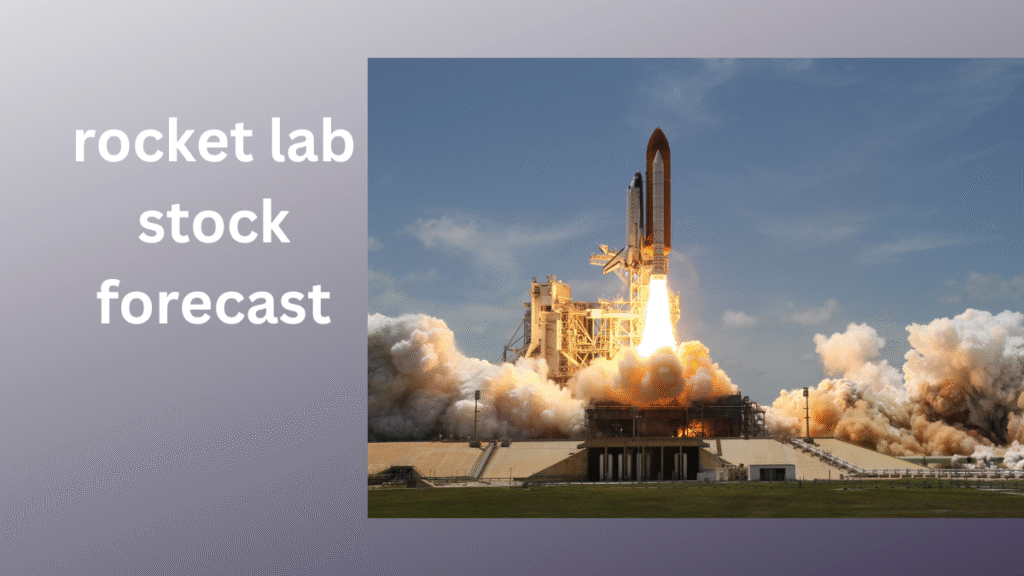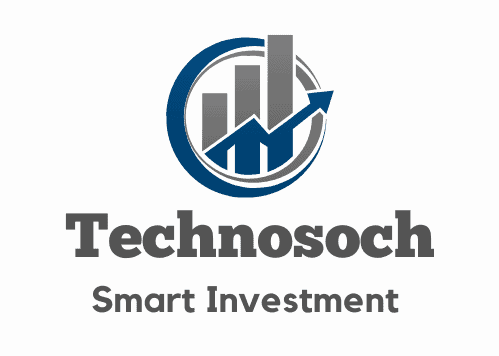Rocket lab stock forecast
Rocket Lab Corp. (RKLB) Stock Market News
Rocket Lab Corp. is a stock on the US market.
The price is now 26.72 USD, which is a change of 0.13 USD (0.00%) from the last closure. The most recent deal was placed on Wednesday, June 4, at 05:45:00 +0530.
📊 Current Basics (June 2025)
| Metric | Value |
|---|---|
| Market Cap | around $16.7 billion (finance.yahoo.com) |
| P/E Ratio (TTM) | not available (negative earnings) |
| Return on Equity | about –59.6% |
| Price-to-Book (P/B) | about 38× |
Rocket Lab is a big space-tech company that makes a lot of money (about 65% more than last year) and has a good liquidity ratio (about 2.08×), but it is still losing a lot of money ([fullratio.com][2]).
rocket lab stock forecast 2025
The construction of the neutron rocket is speeding up for its first launch in the middle of 2025. First contracts help cash flow, and revenues in the first quarter were up 32% from the same time last year ([barrons.com][3]).
2025 Goal: $35
rocket lab stock forecast 2026
Neutron starts working, which brings in more than $900 million in income. Cash flow becomes positive thanks to a variety of space system services, such as carbon composite parts ([barrons.com][3]).
2026 Goal: $50
rocket lab stock forecast 2027
The fleet of electrons grows even more. Acquiring Geost adds missile-defense payloads and strengthens ties with the government. Better margins make investors feel better ([en.wikipedia.org][4]).
2027 Target: $70
rocket lab stock forecast 2028
Space-systems revenue is getting closer to becoming profitable as the company expands into satellite solutions and lunar mission services.
Goal for 2028: $95
rocket lab stock forecast 2029
Neutron production scales, which lowers the cost per unit. The Venus probe program starts to bring in money via premium services.
Goal for 2029: $120

rocket lab stock forecast 2030
The business launches the next generation of the Archimedes engine series, and space system tools become a big money maker.
2030 Goal: $150
rocket lab stock forecast 2031
Neutron reusability finishes the proof-of-concept for ocean landings. Recurring income from small-sat services starts like a subscription.
2031 Target: $185
rocket lab stock forecast 2032
New launchpads and infrastructure on the ground and in orbit bring in more money. Gross margins stay over 40%.
2032 Goal: $220
rocket lab stock forecast 2033
International footprint grows to include Japan and Europe. The Electron lightning fleet may launch every day.
2033 Goal: $260
rocket lab stock forecast 2034
The space systems component comprises standardized satellite buses (Photon) and services for the government and military.
Goal for 2034: $320
rocket lab stock forecast 2035
Neutron has a strong cadence of more than 10 releases a year. Delivering packages via drone and recharging in space are both high-margin businesses.
Target for 2035: $400
rocket lab stock forecast 2036
More integration of composite and engine production, which leads to better economies of scale. Cash flow becomes steady.
2036 Goal: $480
rocket lab stock forecast 2037
The Air Force and NASA have signed new contracts for missions to the Moon and Mars. Launch services are becoming more varied with cargo and crewed flights.
2037 Goal: $600
rocket lab stock forecast 2038
Neutron selfies that can be reused and flown again save costs and increase the number of flights. Space systems make the most of the total income.
2038 Goal: $720
rocket lab stock forecast 2039
Rocket Lab is fully vertically integrated, producing everything from materials to launch vehicles and mission services. EBITDA goes up a lot.
2039 Goal: $900
rocket lab stock forecast 2040
It’s thought to be a key supplier of space infrastructure, with a strong vertical for launches, spacecraft, and propulsion. Growth in revenue and business on a global scale.
Goal for 2040: $1,100
📈 A Summary of Yearly Price Targets
| Year | Target (USD) |
|---|---|
| 2025 | 35 |
| 2026 | 50 |
| 2027 | 70 |
| 2028 | 95 |
| 2029 | 120 |
| 2030 | 150 |
| 2031 | 185 |
| 2032 | 220 |
| 2033 | 260 |
| 2034 | 320 |
| 2035 | 400 |
| 2036 | 480 |
| 2037 | 600 |
| 2038 | 720 |
| 2039 | 900 |
| 2040 | 1,100 |
🚀 Important Factors for Growth
- Neutron launch series: reusable, high-capacity, and low-cost.
- Diversification of space systems: making satellite buses, composite components, and engines.
- Government and military contracts: for the U.S. Air Force, Venus missions, and missile defense ([marketchameleon.com][5], [barrons.com][3]).
- Vertical integration: from making things to delivering them.
- Higher margins: economies of scale for launches and systems.
- Recurring income model: satellite services, launch subscriptions, and IP/tech licensing.
⚠️ Things to Think About and Risks
- High capital: more research and development and infrastructure investment are needed.
- Profitability put off until Neutron scale and integration are completely in place.
- A lot of competition from SpaceX and new companies.
- Risk of failure with new engines, rocket recoveries, and complicated missions.
- Big events: problems with the supply chain and changes in space law.
📝 Conclusion
Rocket Lab is changing from a launch startup to a full-fledged space enterprise. If Neutron’s reusable model and space-system sales keep going up, RKLB might rise sharply to $1,100 by 2040, as long as everything goes as planned.

